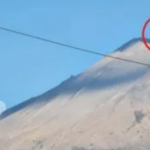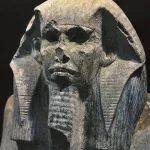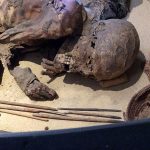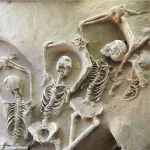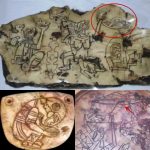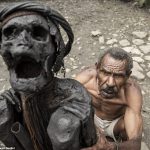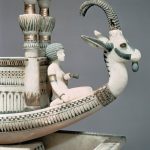Sigiriya’s Ancient Palace Ruins are a well-liked tourist destination and a UNESCO World Heritage Site located in central Sri Lanka.
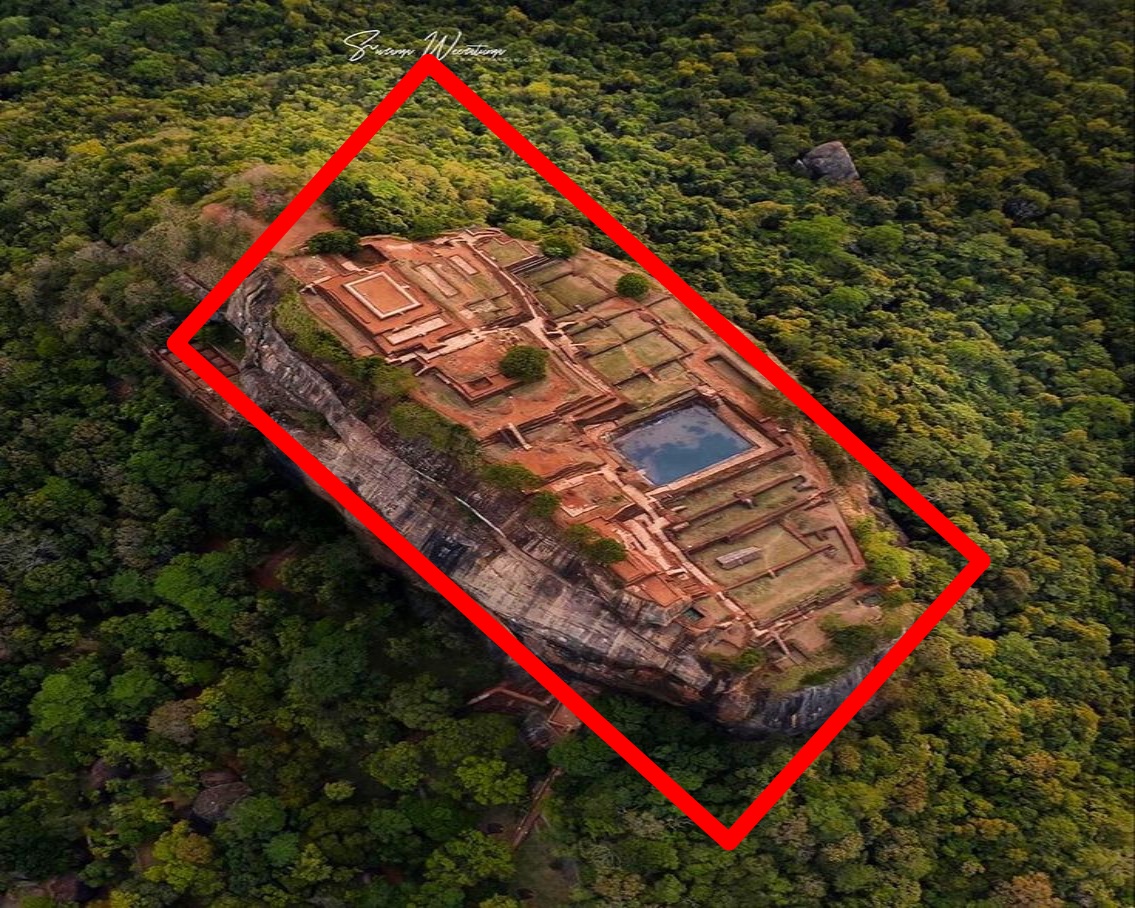
Sigiriya, located in central Sri Lanka, stands as a testament to the rich history and cultural heritage of the region. This archaeological marvel consists of the ruins of an ancient palace, constructed during the reign of King Kashyapa, who ruled from 477 to 495 AD. Today, Sigiriya is recognized as one of the eight World Heritage Sites in Sri Lanka, drawing countless visitors from around the globe who come to marvel at its historical significance and architectural brilliance.
Perched atop a massive rock plateau that rises sharply from the surrounding plains, Sigiriya is often referred to as the “Lion Rock” due to the enormous lion structure that once dominated the entrance. Although only the lion’s feet remain today, they provide a glimpse into the grandeur that once greeted visitors to the royal palace. This imposing rock fortress served both as a royal residence and a formidable defensive structure, designed to protect King Kashyapa from potential invaders.
The ascent to the summit of Sigiriya is an adventure in itself, involving a climb up a series of steep staircases that wind their way up the rock face. Along the way, visitors encounter a variety of fascinating features, including the famous Mirror Wall. Originally polished so highly that the king could see his reflection in it, the Mirror Wall is now adorned with ancient graffiti. These inscriptions, some dating back over a thousand years, are considered to be among the earliest examples of Sinhalese poetry and provide invaluable insights into the thoughts and feelings of the people who lived during that time.
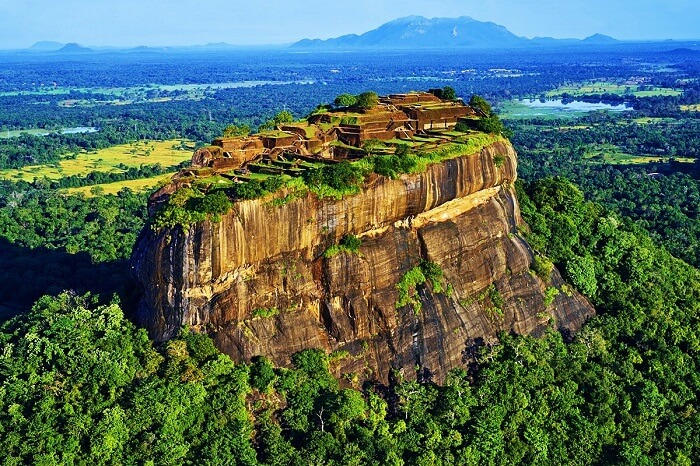
Another highlight of Sigiriya is the stunning frescoes located in a sheltered pocket of the rock. These vibrant paintings, known as the Sigiriya Damsels, depict celestial maidens and are renowned for their exquisite beauty and the skill with which they were created. The frescoes are remarkably well-preserved, their colors still vivid despite the passage of centuries. They offer a window into the artistic traditions and cultural expressions of ancient Sri Lanka.
Upon reaching the summit, visitors are rewarded with breathtaking panoramic views of the surrounding landscape, which includes lush forests, serene lakes, and distant mountains. The ruins of the royal palace are spread across the flat expanse of the rock’s surface, including remnants of royal quarters, bathing pools, and gardens. The layout of the palace complex reflects sophisticated urban planning, with advanced hydraulic systems that supplied water to the palace and its gardens.
Sigiriya’s significance extends beyond its historical and architectural value. As a UNESCO World Heritage Site, it is protected and preserved for future generations to appreciate and study. UNESCO’s recognition underscores the global importance of Sigiriya as a cultural and historical landmark, highlighting its contributions to our understanding of human civilization and heritage.
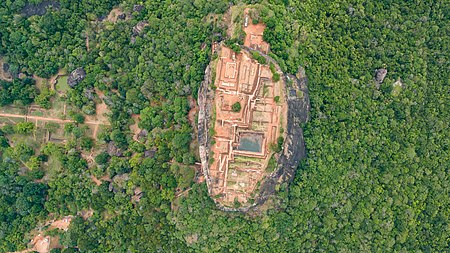
In addition to its cultural and historical allure, Sigiriya is a favorite attraction for foreign tourists. Its unique combination of natural beauty, historical intrigue, and archaeological importance makes it a must-visit destination in Sri Lanka. The site’s management ensures that tourism is conducted sustainably, with measures in place to protect and conserve the integrity of the ruins and the surrounding environment.
In conclusion, Sigiriya is more than just an archaeological site; it is a symbol of Sri Lanka’s rich history and cultural legacy. The ancient palace ruins, built during the reign of King Kashyapa, offer a glimpse into the architectural ingenuity and artistic achievements of the past. As one of the eight UNESCO World Heritage Sites in Sri Lanka, Sigiriya continues to captivate and inspire visitors from around the world, standing as a proud testament to the island’s enduring heritage and the timeless allure of its ancient wonders.
